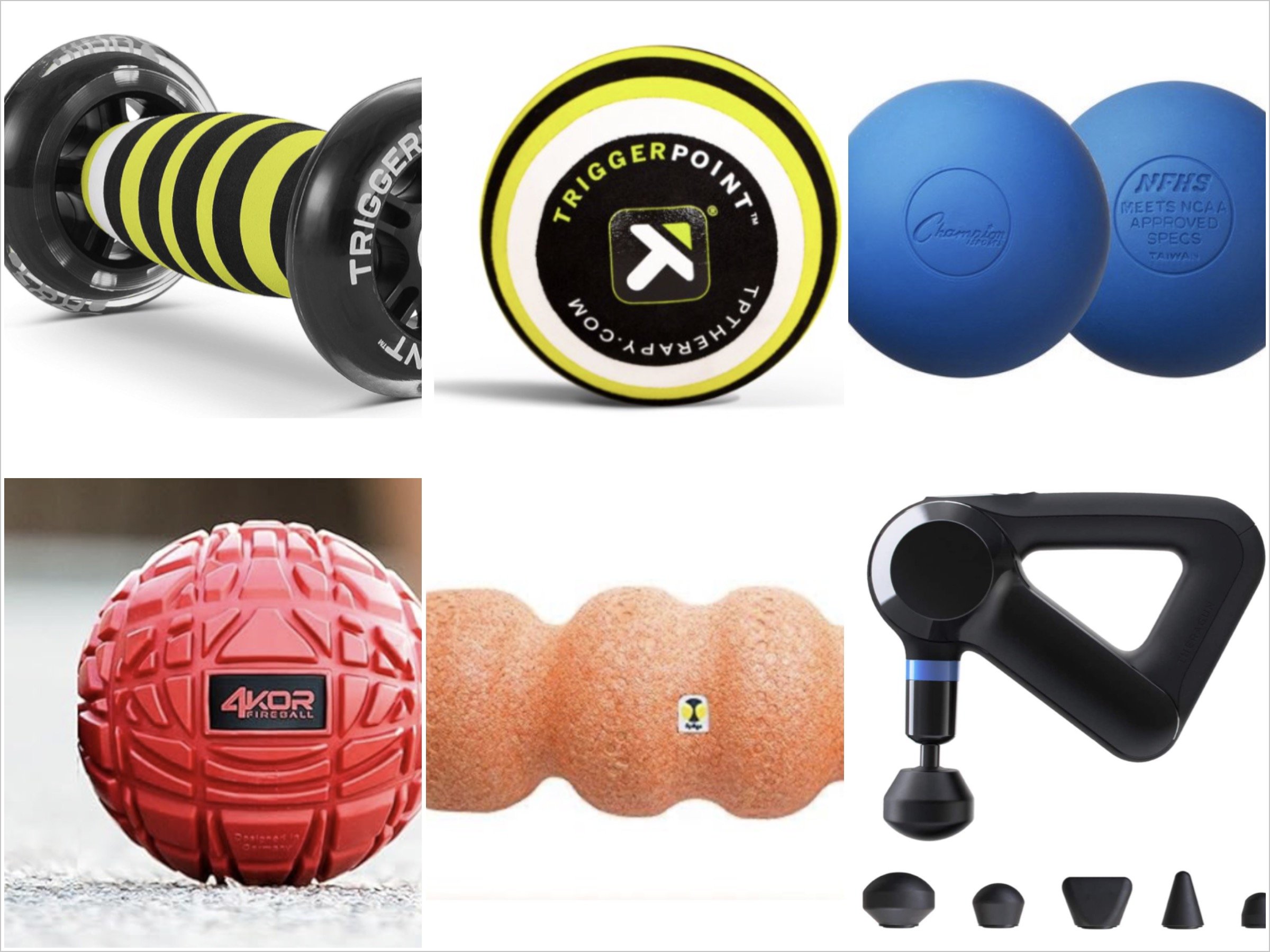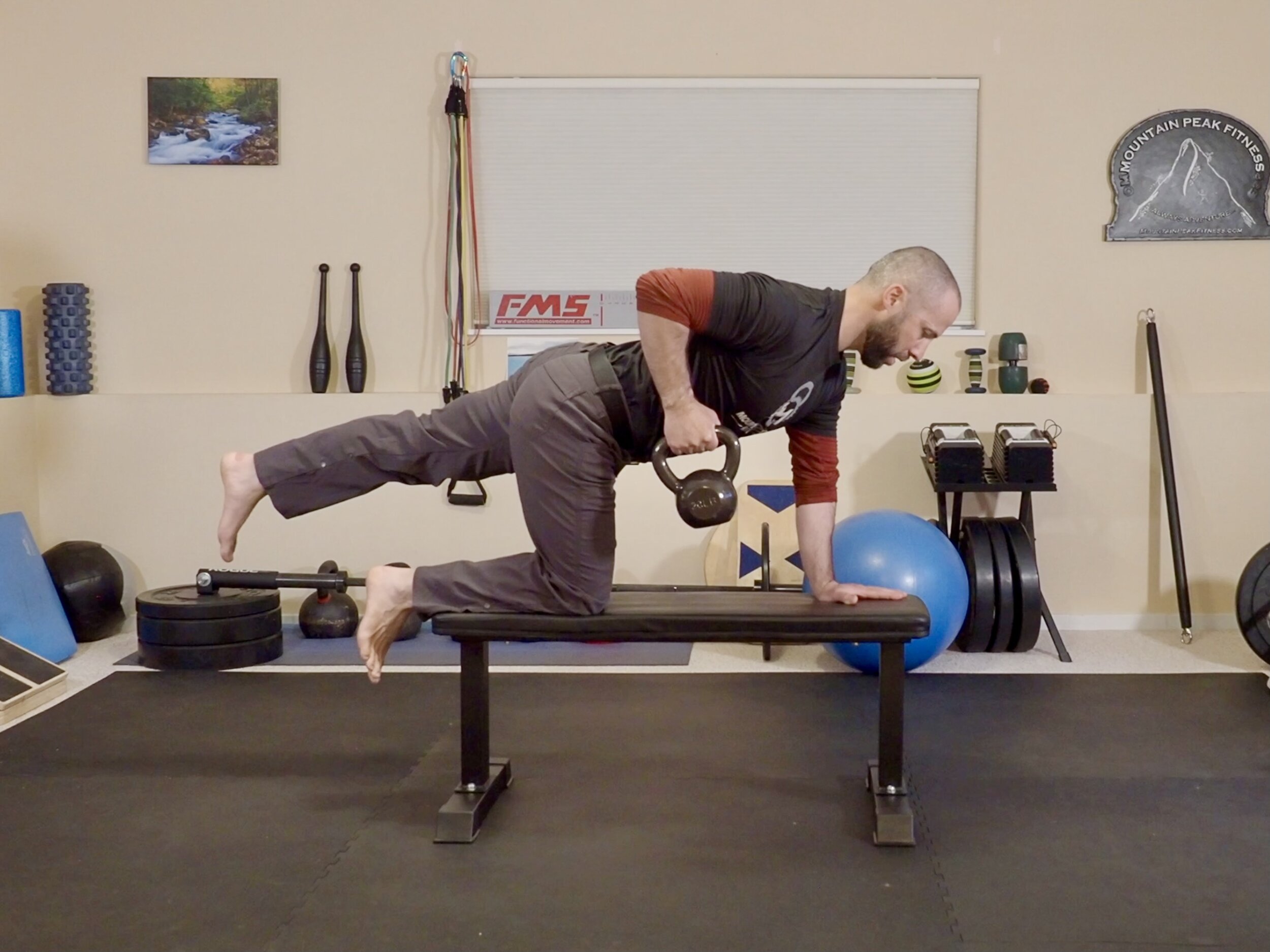Exercise Highlight 7: Kneeling Core Press-out Progressions
Whether you're an athlete or someone in search of wellness, a healthy and functional core and thoracic spine becomes paramount. When you hear the word CORE being thrown around, it’s not just the abdomen muscles we are talking about, it's the muscles that attach directly to the vertebrae and the lumbo pelvic hip complex (LPHC).
The LPHC involves the lumbar, thoracic & cervical spine, the pelvic girdle and hip joint. This equates to a bunch of muscles, tendons, ligaments, joints and nerves that need to work together to produce efficient and safe movement. Unfortunately a lot can go wrong with the sequence of engagement as we head out for a run, bike, climb or simply doing household chores; especially when we sit much of the day.
Unfortunately in today’s society, many of us do just that, sit for hours each day for our jobs, education, media consumption, traveling, etc. It has become such a huge part of the day, year after year, that standing starts to hurt and any initial movement brings pain or discomfort. The more we sit, the more disengaged the core becomes, the tighter our hip flexors are, our quadriceps become overactive with increased tension and we loose mobility of our thoracic spine (12 vertebra's in the middle back). This leads us to start compensating for simple patterns such as bending over, walking, lifting or standing up from the ground, and it only gets worse. Take these compensations and head out for your runs or participate in cross fit classes and soon you will be injured.
Mistakenly, it’s not as easy as standing up more during the day, or rolling around on the floor with a foam roller, although these help greatly when balanced with the right correctives & strength training, it just needs to be taken a step further. The core needs to be re-ignited so it can be ready to respond without delay and support basic movements. Any delay in this response will overload an area that was originally designed to assist and help stabilize movement, eventually leading to an injury, inflammation and degeneration of joints & tissues.
Which brings me to an exercise that can help you re-connect to your core. The Tall Kneeling & Half Kneeling Core Press Out Progressions are exercises that we introduce to all of our clients and use throughout their training, adding variations and purpose along the way. The key with this exercise is to practice, not load it up and create it into something more. It can take several weeks to learn how to properly execute the movements shown in the videos below so be patient and take your time learning what we are asking here. The goal is not to just complete a scheduled amount of sets & reps but to feel each repetition to its fullest and eliminate compensations.
It begins with proper positioning of the tall kneeling & half kneeling positions, ensuring that your hips are neutral, abdomen tight, gluteals engaged, shoulders packed, head & neck neutral, all this while you're properly breathing within each repetition. You must show that you are controlling the pattern and it’s not controlling you. To do this, take a breath at the end range of motion for each rep, then return to the beginning, repeat. It is highly recommended to do this in front of a mirror and record yourself. Send us the video so we can do a quick analysis for you and send you feedback.
Getting Started & Integrating into your Training
Foam Roll - Quadriceps, Lats, & T-Spine for 1-3 minutes each side.
Actively Stretch your Hip Flexors, Quads, Lats & T-Spine.
Quadruped T-Spine Rotations 1x10 reps each side.
2 Leg Floor Gluteal Bridges 1x10 reps with 3 second holds.
Tall Kneeling Press-Out Progressions 2-4 x 10 reps each side.
Straight Arm Planks to Downward Dogs 1 x 6-10 reps with breath’s.
March in Place for 60 seconds.
Perform this routine 2-4 x per week or at the start of each training session.
Compensations to Watch For
Elevating and rounding your shoulders.
Not breathing at the end range of motion of each and every rep.
Using to much resistance.
Turning your toes outward to help with stability.
Arching your lower back and leaning forward.
Not engaging your glutes.
Not locking your arms out completely and bending your elbows even slightly when rotating.
Rushing the motion.
Not practicing the exercise.
Movement of your hips to try to increase range of motion.
Equipment Needed
All Purpose Bands by Perform Better or purchased on Amazon. These come in several colors and resistance and can be used for many additional exercises. We recommend purchasing light (pink) and medium (orange) minimally for this exercise. They can also be connected together for increased resistance. They can be attached by wedging them in-between a closed door, hooked over an anchor point or secured with webbing and a carabiner.
Cable Columns such as the Free Motion and Keiser Machines can also be used in place of bands.
Be sure to take your time, be patient and practice the exercises and routine. The more compensations you have, the more foam rolling, stretching & correctives you will need to do. Including the Kneeling Core Press-outs with Progression before and during your workouts, a few times each week, can help ensure that your core is activated and ready for the training session ahead.














